Evaluating technology options to support the transition to zero-emission buses in California’s transit agencies
In February 2000, the California Air Resources Board adopted the Fleet Rule for Transit Agencies which includes a requirement that larger transit agencies begin to purchase buses with zero exhaust emissions (“zero-emission buses”). This zero-emission bus purchase requirement was originally scheduled to begin in 2008, but only after a demonstration phase in which participating transit agencies procured and successfully operated qualifying buses. This report covers two of the three technologies which, by regulation, qualify to meet the zero-emission bus requirements, namely hydrogen fuel cells and electric batteries. The third technology, catenary electric buses, is not covered in this report.
The original April 2012 edition of this report was prepared upon completion of the initial round of zero-emission bus demonstration projects and midway through a second demonstration. The intent of the second phase was to demonstrate zero-emissions buses on a larger scale with the hope of eliminating the operational and financial challenges experienced during the initial demonstration. After an initial round of demonstration projects, fuel cell buses were approximately 4.5 times as expensive to purchase, only 15 percent as reliable, and cost $4.60 per mile more to operate than a natural gas bus, which had become the standard technology in the South Coast Air Basin. The operational and financial challenges experienced during the initial demonstration prompted a delay in the purchase requirement schedule while the second advanced demonstration was implemented.
As a follow-up to the original edition of this report, the June 2014 edition has been prepared to incorporate the final results of the second round of advanced demonstration projects, which recently became available. In addition to evaluating the results, the June 2014 edition includes: updates to the technology and operational cost assumptions used in the model, revisions to the fuel pathway values, an assessment of the current state of fuel cell technology compared to recently released DOE/FTA cost and performance targets, and an analysis of additional hydrogen and electric fuel pathways.
Related Services
Download the Equivalent Strategies for the ARB Zero Emission Bus Regulation White Paper
Publish Date: June 2014
Client: Southern California Gas Company
This white paper was authored by GNA, which is now TRC’s clean transportation solutions team.

Partager nos perspectives
Nos praticiens partagent leurs idées et leurs points de vue sur les tendances et les défis qui façonnent le marché.

Grid Resiliency: Perspectives Across the Power Grid
avril 16, 2025
In today’s changing energy landscape, grid resiliency is a top priority for all power system owners and operators. The ability to absorb disruptions and maintain power is crucial in an increasingly unpredictable world.

Take the Right Approach to Implementing DERMS
mars 27, 2025
Implementing DERMS can come with challenges. By understanding the unique challenges related to DERMS and adopting the appropriate strategies to mitigate potential pitfalls, utilities can effectively integrate and coordinate DER deployment to align with regulatory commitments and broader business objectives.
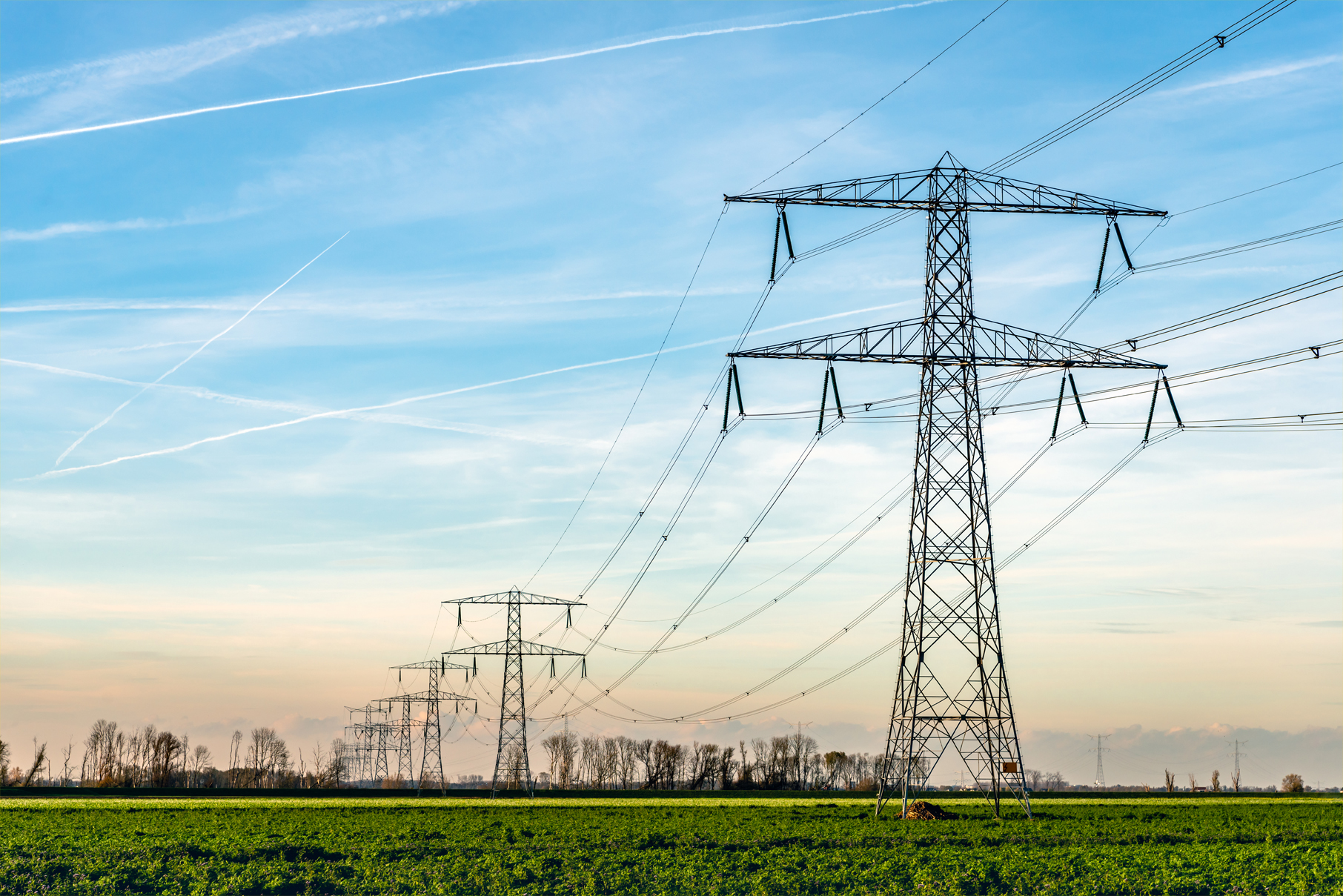
A Unique Approach to Behavioral Demand Response for Utilities
mars 20, 2025
Behavioral demand response (BDR) offers a cost-effective solution, reducing energy use during critical periods without requiring a dedicated DRMS.

How ISOs, RTOs and Utilities Can Effectively Manage Massive Data
mars 20, 2025
In today’s rapidly evolving energy landscape, Independent System Operators (ISOs), Regional Transmission Organizations (RTOs) and utilities face unprecedented challenges in managing vast amounts of data.


Qu’est-ce qu’une ressource énergétique distribuée ?
septembre 5, 2024
Cliquez ici pour en savoir plus sur les ressources énergétiques distribuées intégrées et sur la façon d’en choisir une qui profite à vos besoins uniques avec les entreprises TRC.
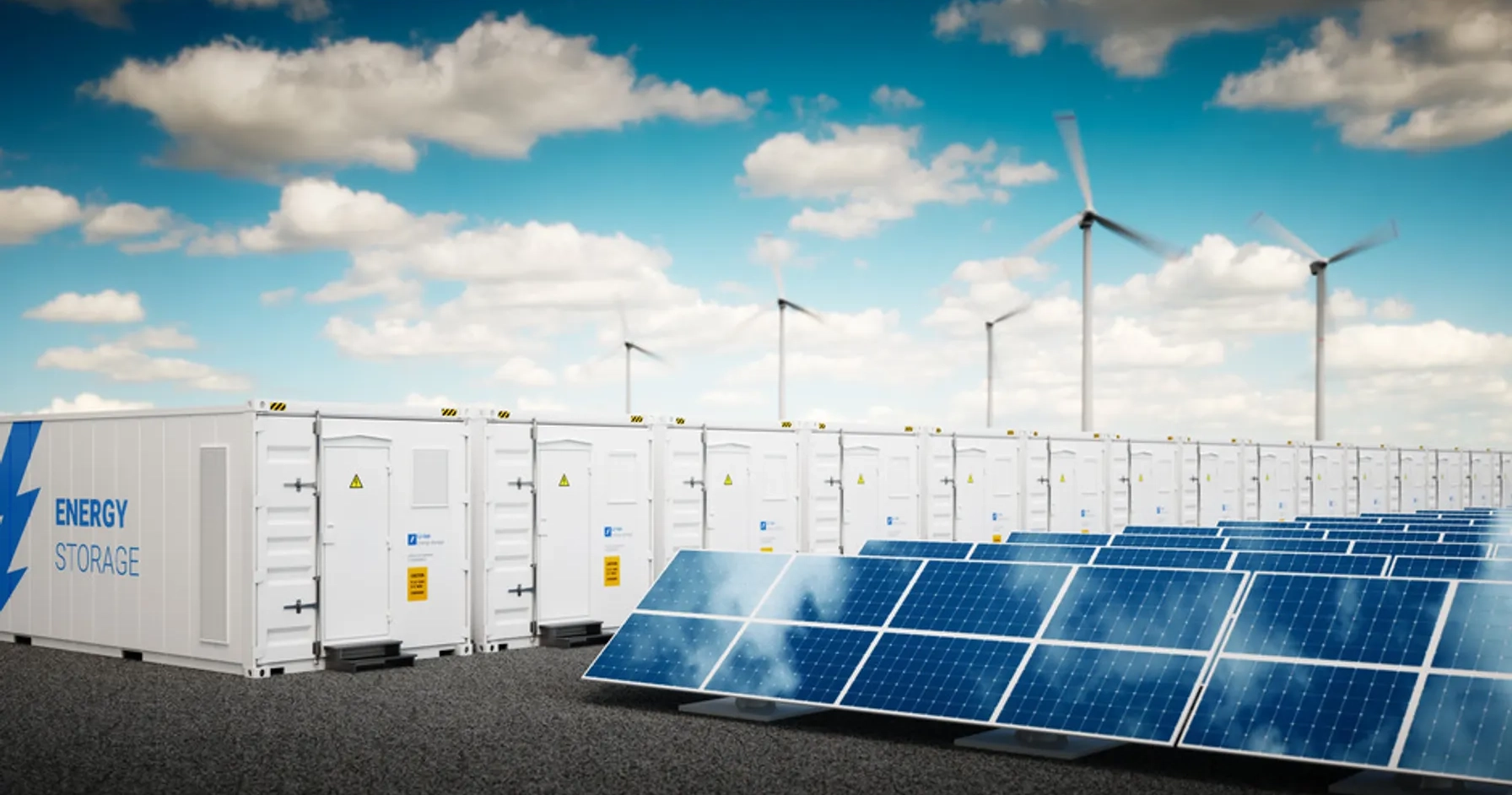
The Why, Who, What, When and How of DERMS
avril 1, 2024
Distributed Energy Resource Management Systems (DERMS) enable a utility to monitor, control and optimize a variety of types of Distributed Energy Resources (DERs).

TRC présente des solutions de bout en bout pour la transition énergétique à DISTRIBUTECH 2024
février 19, 2024
TRC permet de passer à des réseaux intelligents qui créent de nouvelles voies pour que le monde prospère

Les avantages et les défis des microréseaux
février 1, 2024
Les microréseaux peuvent vous aider à rester opérationnel dans les conditions les plus critiques. Découvrez comment nos services peuvent vous aider à tirer parti des systèmes de microréseaux.
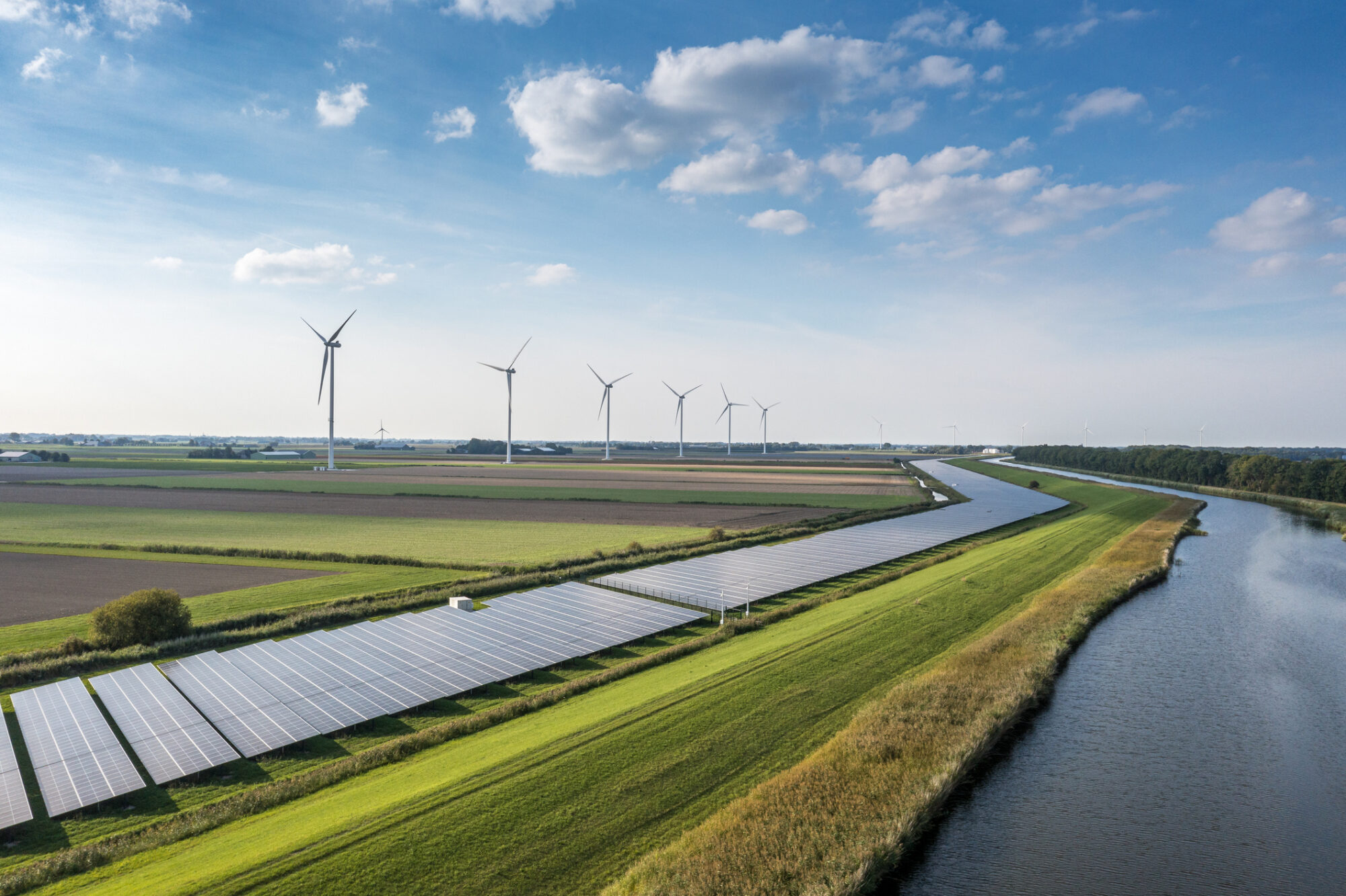
Evaluating Proof of Value from DER Optimization Software
août 17, 2023
The rapid growth of Distributed Energy Resources (DERs) on the power grid brings many opportunities and challenges to energy utilities.
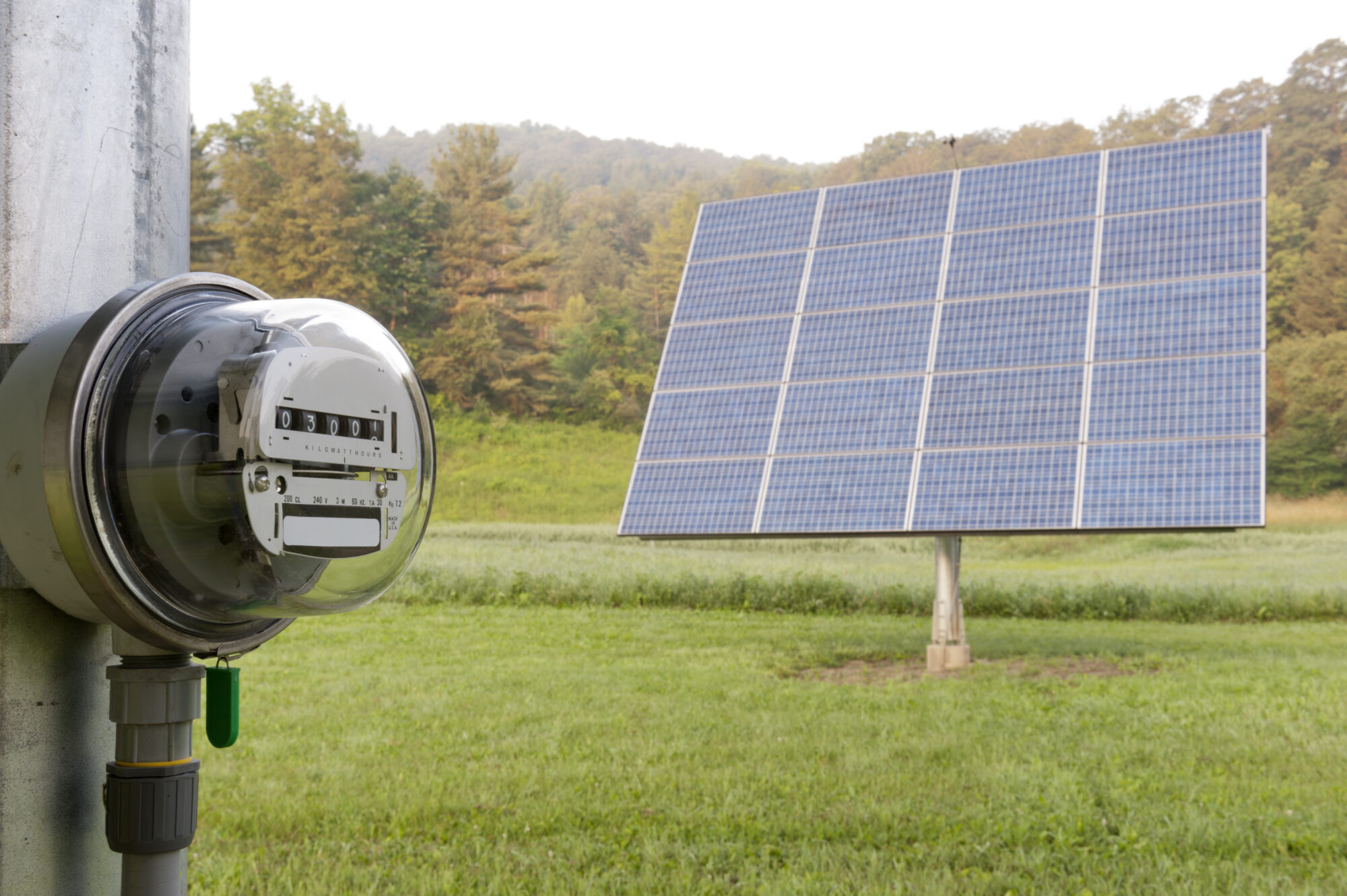
3 Things to Consider for a Successful ADMS and DERMS Integration
mars 23, 2023
Gain insight on several key points when strategizing and integrating two crucial systems successfully
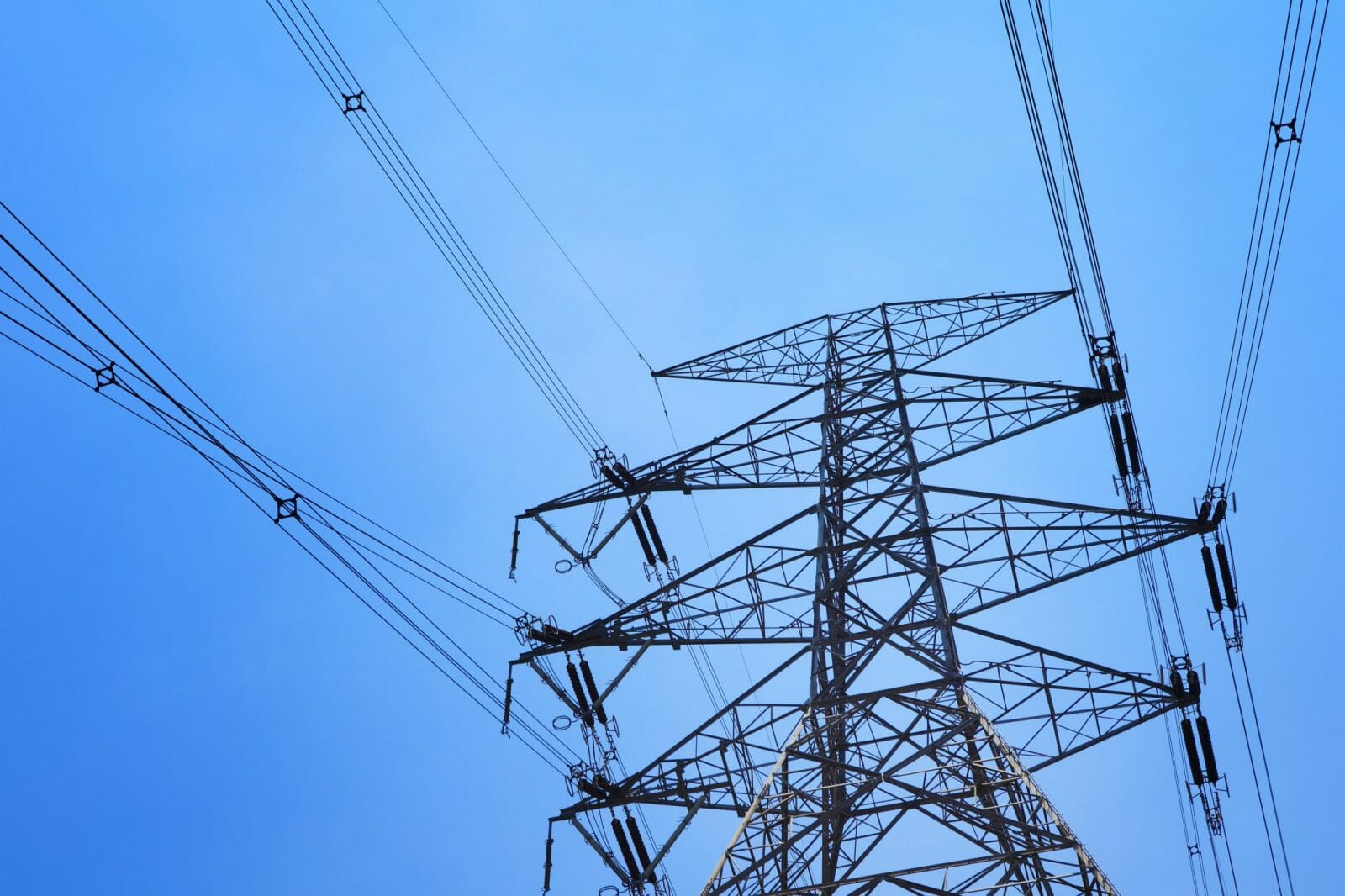
Download Whitepaper: 10 Years of Insights for Clean Community Microgrids
mars 1, 2023
Clean, community microgrids represent a promising and timely opportunity for you to advance your customer offering and deliver meaningful societal benefits, all while modernizing your grid and providing you with load flexibility.

Webinar Replay: How the DOE and Utilities Can Work Together on IIJA Funding Initiatives
avril 29, 2022
View our webinar replay of our IIJA funding initiatives webinar with Jigar Shah, Director of the Loan Programs Office – US Department of Energy.

Decarbonization: A Systems-Level Challenge and Actions to Address Climate Change
Décembre 7, 2021
Carbon elimination of the magnitude needed to address climate change requires systems-level change that can only be reached by incremental, ground-up progress, building upon what we have achieved thus far.
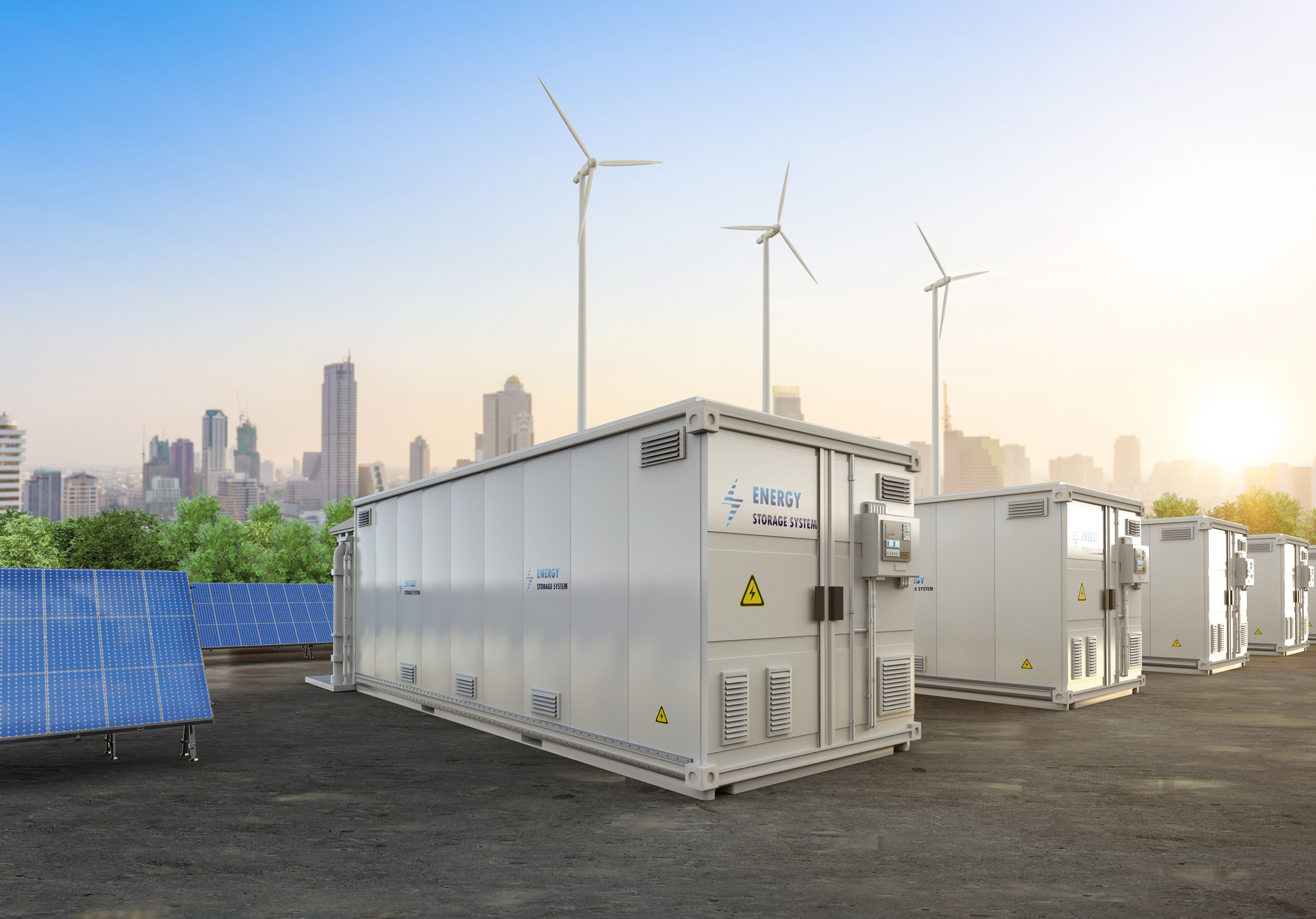
How Do Energy Storage Systems Work?
octobre 18, 2021
For more than five decades, TRC has brought efficient, resilient energy systems to the world. We understand the challenges of implementing energy storage projects.
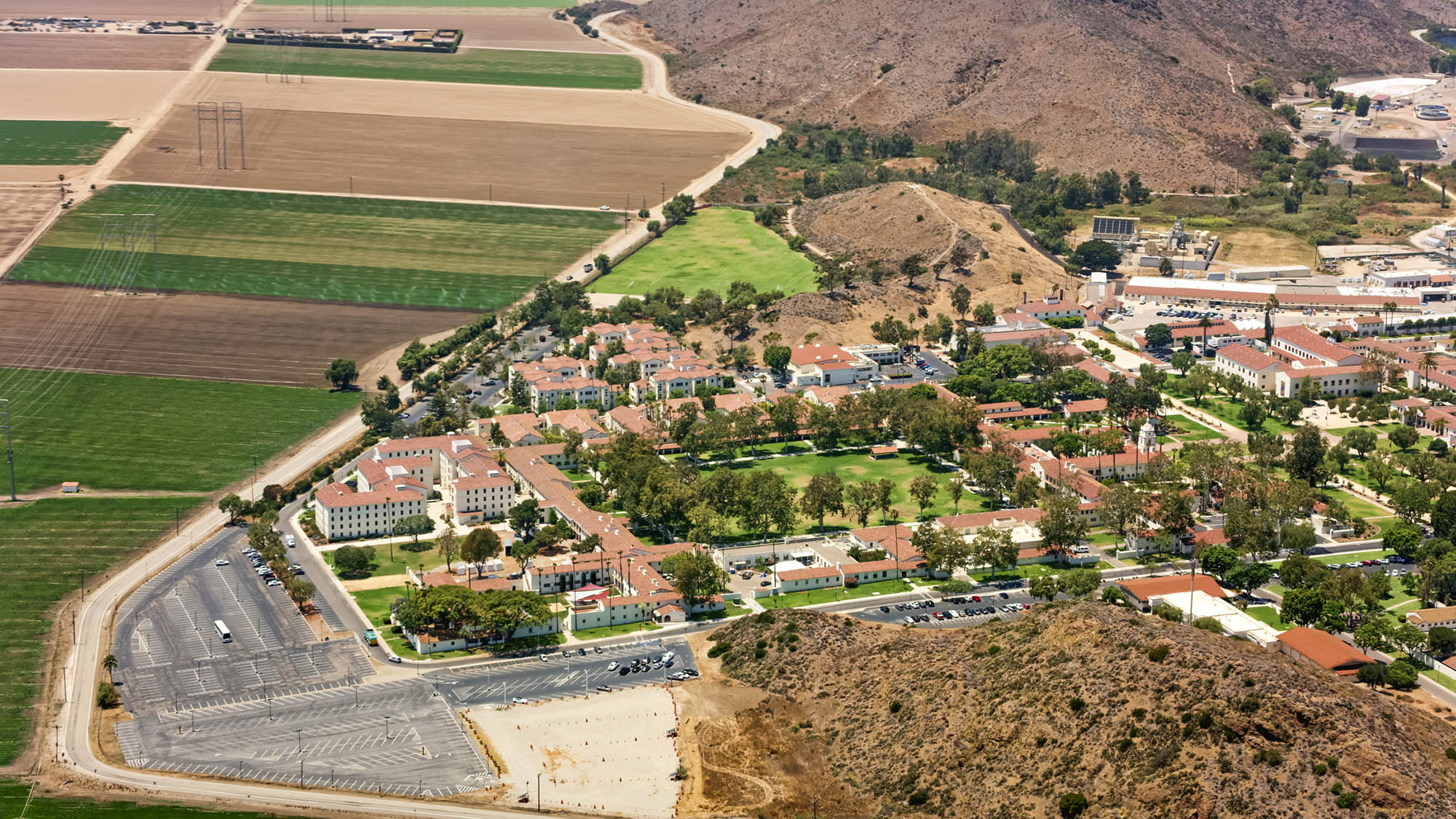
City of Camarillo, California approves moving forward with Hybrid Solar Microgrids at five critical community facilities
novembre 6, 2020
On October 28, the Camarillo City Council unanimously approved moving forward with the design of Hybrid Microgrids at five City facilities: City Hall, the Corporation Yard, Camarillo Public Library, Police Station, and Wastewater Treatment Plant. The microgrid at the Camarillo Public Library will be designed with solar+storage only, while the other four sites will employ a hybrid design of solar+storage+diesel.

TRC Digital partners with Dominion Energy to evolve its distributed energy resource strategy
septembre 22, 2020
Dominion Energy, one of the nation’s largest producers and transporters of energy, has partnered with TRC Digital to evaluate, implement and integrate technology to further the utility’s distributed energy goals. TRC Digital will facilitate Dominion Energy’s strategy development and technology execution, allowing Dominion Energy and its customers to accelerate the shift to distributed energy resources (DER) and net carbon reduction.

TRC Companies Welcomes New Power Sector President Ed Myszka
septembre 2, 2020
Myszka brings over 30 years of innovation, market development and operations experience to TRC.

Resilient Storage: Pacific Power’s Quest for Behind-the-Meter Solutions
juin 30, 2020
COVID-19 and climate impacts are driving a focus on resilience and utilities are helping customers explore behind-the-meter (BTM) energy storage solutions they might not otherwise pursue.
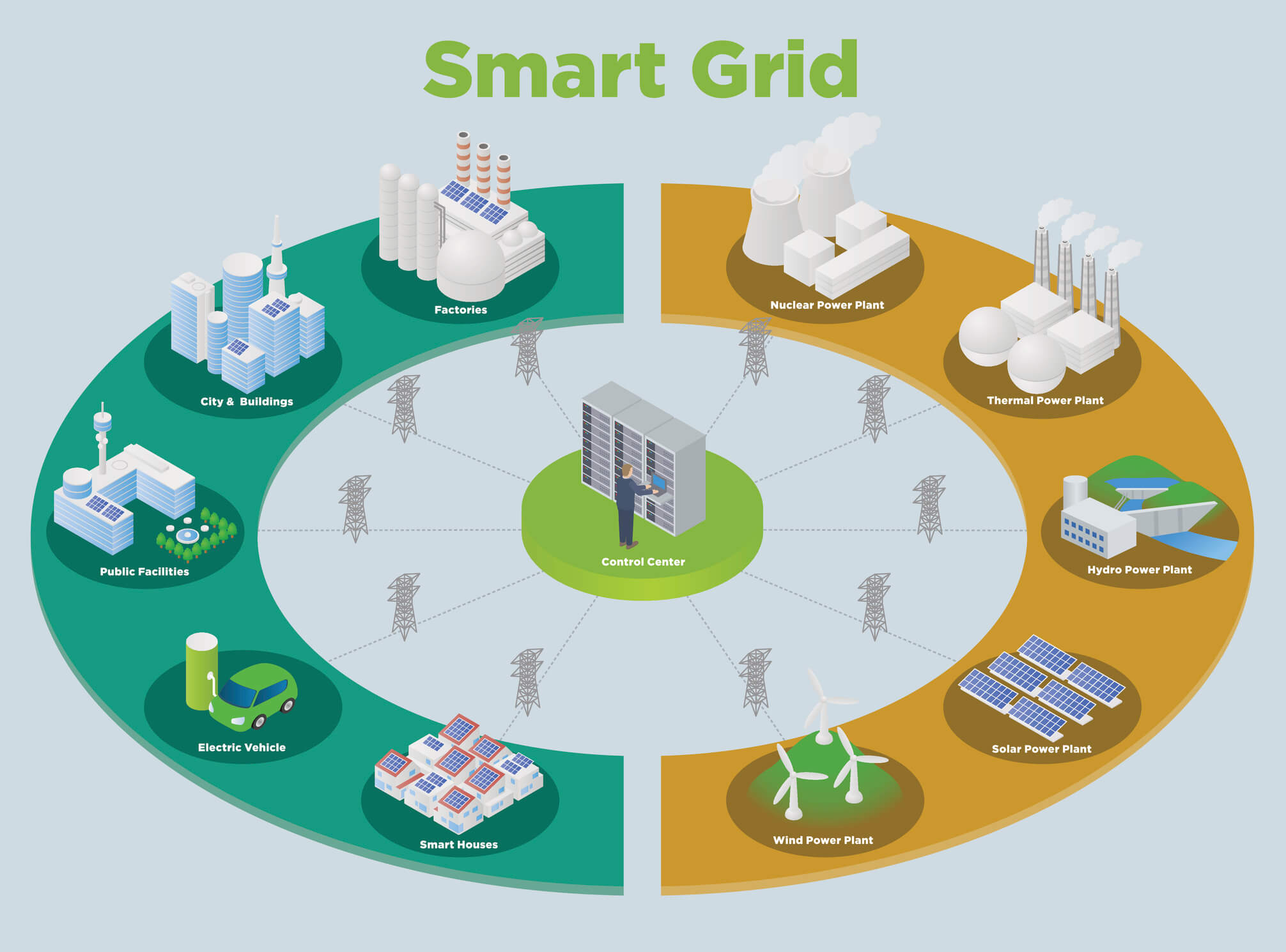
Microgrids: A mega-opportunity for electric utilities
juin 2, 2020
For the traditional electric utility business model, microgrids could be perceived as a financial threat. But we see many ways microgrids can be both moneymakers and cost-savers for utilities.

MCE Announces Partner for Comprehensive Energy Storage Program
mai 12, 2020
TRC will help support MCE’s community and vulnerable customer resiliency efforts

TRC Digital and Enbala can help utilities monitor, control and optimize distributed energy resources
avril 17, 2020
Distributed energy resources (DERs) are changing the way utilities think about power generation and energy flow. TRC and Enbala can offer utilities a multi-layered solution that highlights the strengths of each company.

Resilient, Distributed Energy as a Vital Public Service
février 26, 2020
Implementing resilient solutions for many means ensuring power supply to critical facilities, emergency response efforts and local authorities during power outages.

TRC Teams with Opus One Solutions to Revolutionize Integrated Distribution Planning
juin 18, 2019
TRC’s partnership with Opus One will enable utilities to seamlessly plan, build and manage the grid of tomorrow.

Why TRC is Teaming Up with Opus One Solutions
juin 13, 2019
TRC is partnering with Opus One Solutions to help utilities to seamlessly plan, build and manage the grid of tomorrow.
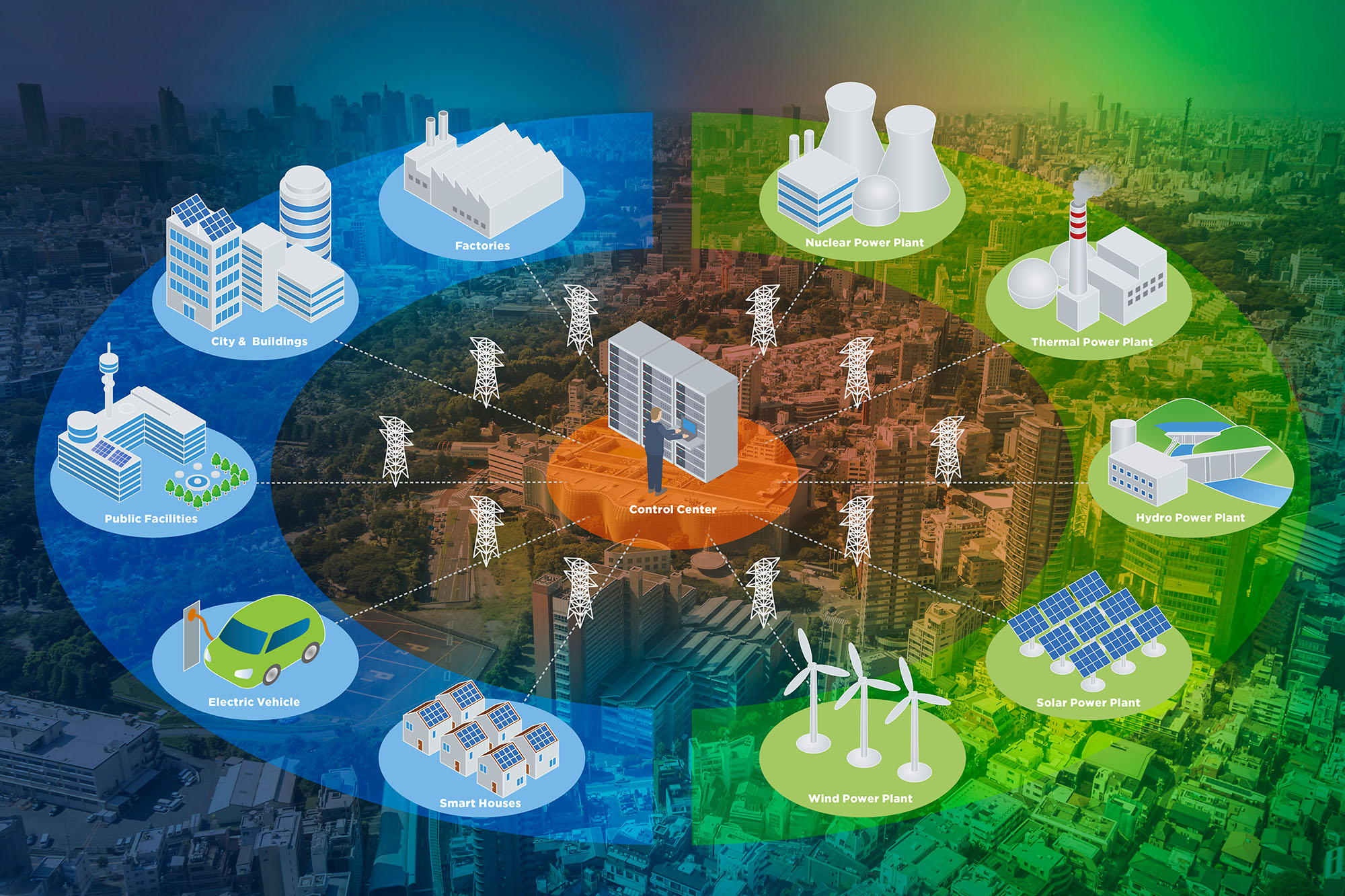
TRC and partners win $1 million grant for engineering innovative New York microgrid
avril 20, 2017
TRC is proud to support Huntington, NY bolster power reliability and climate-change resiliency with a sophisticated new “community microgrid’’ combining solar energy, a fuel cell, biogas and traditional natural gas to deliver electricity and heat to local customers and institutions.
Start the Conversation
Let’s connect to discuss how TRC can help you drive a more sustainable future.



